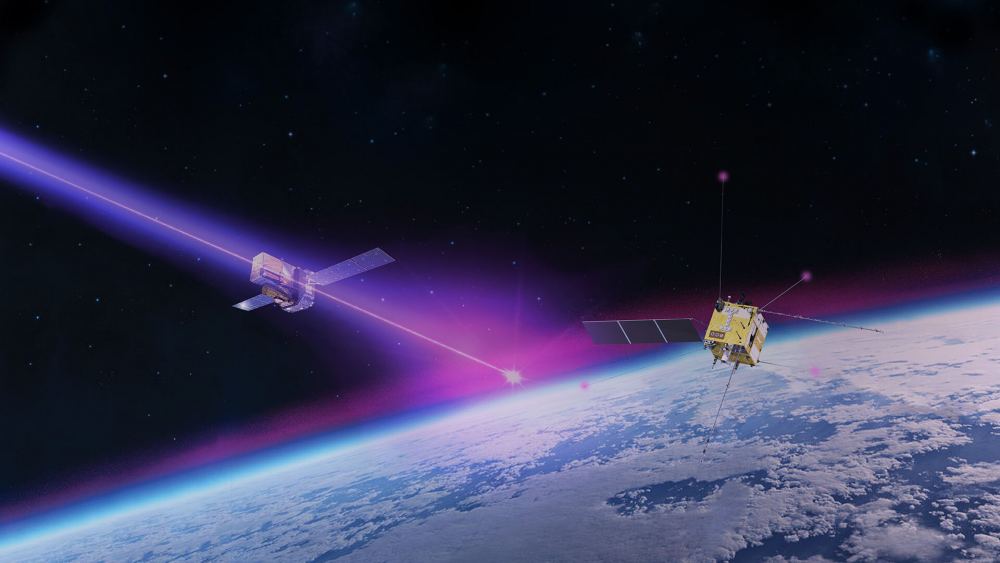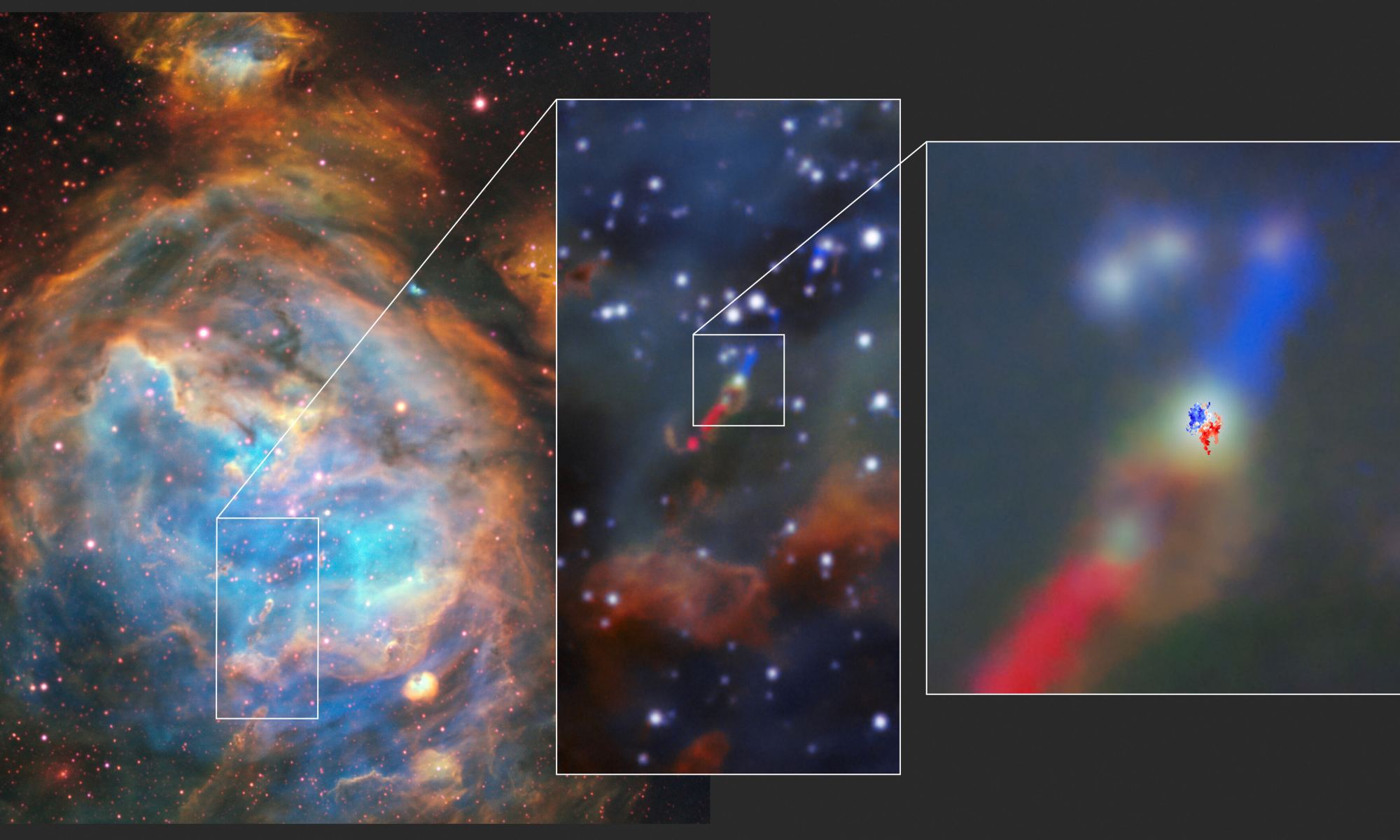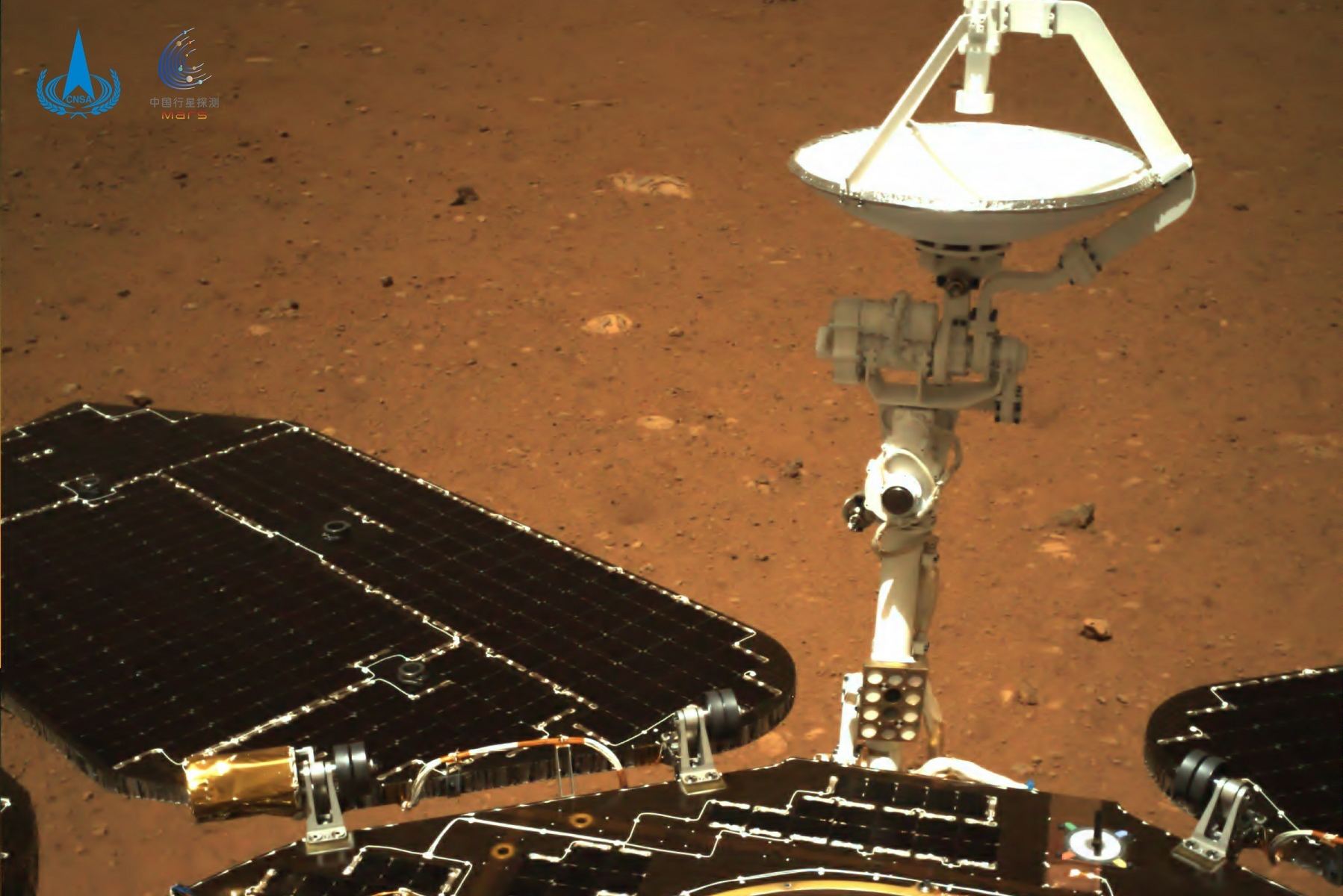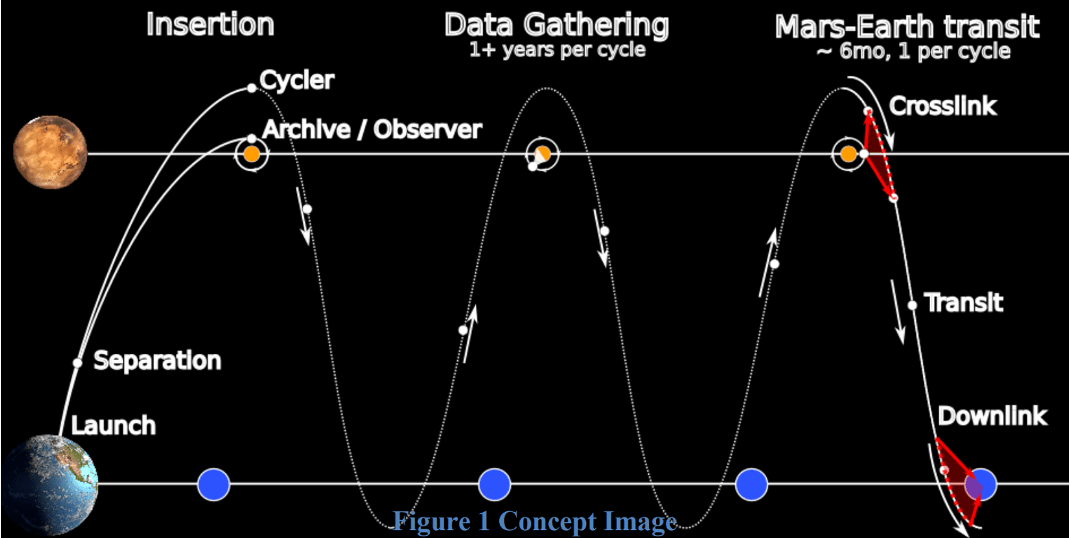Getting data in from deep space can be difficult. Almost all of our missions that have flown into deep space use the Deep Space Network, a system of transmitters and receivers that already imposes constraints on the amount of data we can transfer from the far reaches of space. So a team led by Joshua Vander Hook, then at NASA’s Jet Propulsion Laboratory and now at a start-up called Outrider.ai, came up with a way to dramatically enhance the throughput of the DSN. In so doing, they gave it a very catchy name – the Solar System Pony Express.
Continue reading “Not Getting Enough Data From Mars? Set Up A Solar System Pony Express”A Gamma-ray Burst Disturbed the Earth’s Ionosphere

You’d think that something happening billions of light-years away wouldn’t affect Earth, right? Well, in 2002, a burst of gamma rays lasting 800 seconds actually impacted our planet. They came from a powerful and very distant supernova explosion. Its gamma-ray bombardment disturbed our planet’s ionosphere and activated lightning detectors in India.
Continue reading “A Gamma-ray Burst Disturbed the Earth’s Ionosphere”Should We Send Humans to Venus?

NASA is preparing to send humans back to the Moon with the Artemis missions in the next few years as part of the agency’s Moon to Mars Architecture with the long-term goal of landing humans on the Red Planet sometime in the 2030s or 2040s. But what about sending humans to other worlds of the Solar System? And, why not Venus? It’s closer to Earth than Mars by several tens of millions of kilometers, and despite its extremely harsh surface conditions, previous studies have suggested that life could exist in its clouds. In contrast, we have yet to find any signs of life anywhere on the Red Planet or in its thin atmosphere. So, should we send humans to Venus?
Continue reading “Should We Send Humans to Venus?”Odyssey Gives Us a Cool New View of Mars

Chances are that you’ve seen images of Earth from space, thanks to the astronauts aboard the International Space Station (ISS), who regularly share stunning photos of our planet. These images provide us regularly with breathtaking views of cities, oceans, storms, eruptions, clouds, the curvature of the planet, and the way the atmosphere glows against the horizon. Thanks to NASA’s Mars Odyssey Orbiter, which has been in orbit for over 22 years, we now have an equally breathtaking view of Mars from orbit that captured what its curvature and atmosphere look like from space.
Continue reading “Odyssey Gives Us a Cool New View of Mars”We Should Hit Peak Solar Activity Next Year
You may be familiar with the solar cycle that follows a 22 year process shifting from solar minimum to maximum and back again. It’s a cycle that has been observed for centuries yet predicting its peak has been somewhat challenging. The Sun’s current cycle is approaching maximum activity which brings with it higher numbers of sunspots on its surface, more flares and more coronal mass ejections. A team from India now believe they have discovered a new element of the Sun’s magnetic field allowing them to predict the peak will occur early in 2024.
Continue reading “We Should Hit Peak Solar Activity Next Year”It Doesn’t Take Much to Get Tilted Planets

Chinese and Indian astronomers were the first to measure Earth’s axial tilt accurately, and they did it about 3,000 years ago. Their measurements were remarkably accurate: in 1120 BC, Chinese astronomers pegged the Earth’s axial tilt at 24 degrees. Now we know that all of the planets in the Solar System, with the exception of Mercury, have some tilt.
While astronomers have puzzled over why our Solar System’s planets are tilted, it turns out it’s rather normal.
Continue reading “It Doesn’t Take Much to Get Tilted Planets”A Protoplanetary Disc Has Been Found… in Another Galaxy!

Astronomers have imaged dozens of protoplanetary discs around Milky Way stars, seeing them at all stages of formation. Now, one of these discs has been found for the first time — excitingly — in another galaxy. The discovery was made using the Atacama Large Millimeter/Submillimeter Array (ALMA) in Chile along with the , which detected the telltale signature of a spinning disc around a massive star in the Large Magellanic Cloud, located 160,000 light-years away.
Continue reading “A Protoplanetary Disc Has Been Found… in Another Galaxy!”There are Mysterious Polygons Beneath the Surface of Mars

China’s Zhurong rover was equipped with a ground-penetrating radar system, allowing it to peer beneath Mars’s surface. Researchers have announced new results from the scans of Zhurong’s landing site in Utopia Planitia, saying they identified irregular polygonal wedges located at a depth of about 35 meters all along the robot’s journey. The objects measure from centimeters to tens of meters across. The scientists believe the buried polygons resulted from freeze-thaw cycles on Mars billions of years ago, but they could also be volcanic, from cooling lava flows.
Continue reading “There are Mysterious Polygons Beneath the Surface of Mars”Contact Binary Asteroids are Common, but We’ve Never Seen One Form. So Let’s Make One
Ever want to play a game of cosmic billiards? That’s commonly how the DART mission was described when it successfully changed the orbit of a near-Earth asteroid last year. If you want an idea of how it works, just Google it and an Easter egg from the search giant will give you a general idea. But DART was more like trying to brute force a billiards break – there are many other things you can do with a set of asteroids and impactors on the galactic stage. One of the more interesting is to try to force two asteroids together to form a “contact binary” – the goal of a mission design put forward by a group of scientists from Cornell in a recent paper in Acta Astronautica.
Continue reading “Contact Binary Asteroids are Common, but We’ve Never Seen One Form. So Let’s Make One”China’s Space Station, Seen from Orbit
When the Space Age dawned in 1957, there were only two players: the USA and the USSR. The USA won the space race by being first to the Moon, though the USSR enjoyed its own successes. But here we are only a few decades later, and the USSR appears to be fading away while China is surging ahead.
Nothing’s more emblematic of China’s surge than its Tiangong space station.
Continue reading “China’s Space Station, Seen from Orbit”



